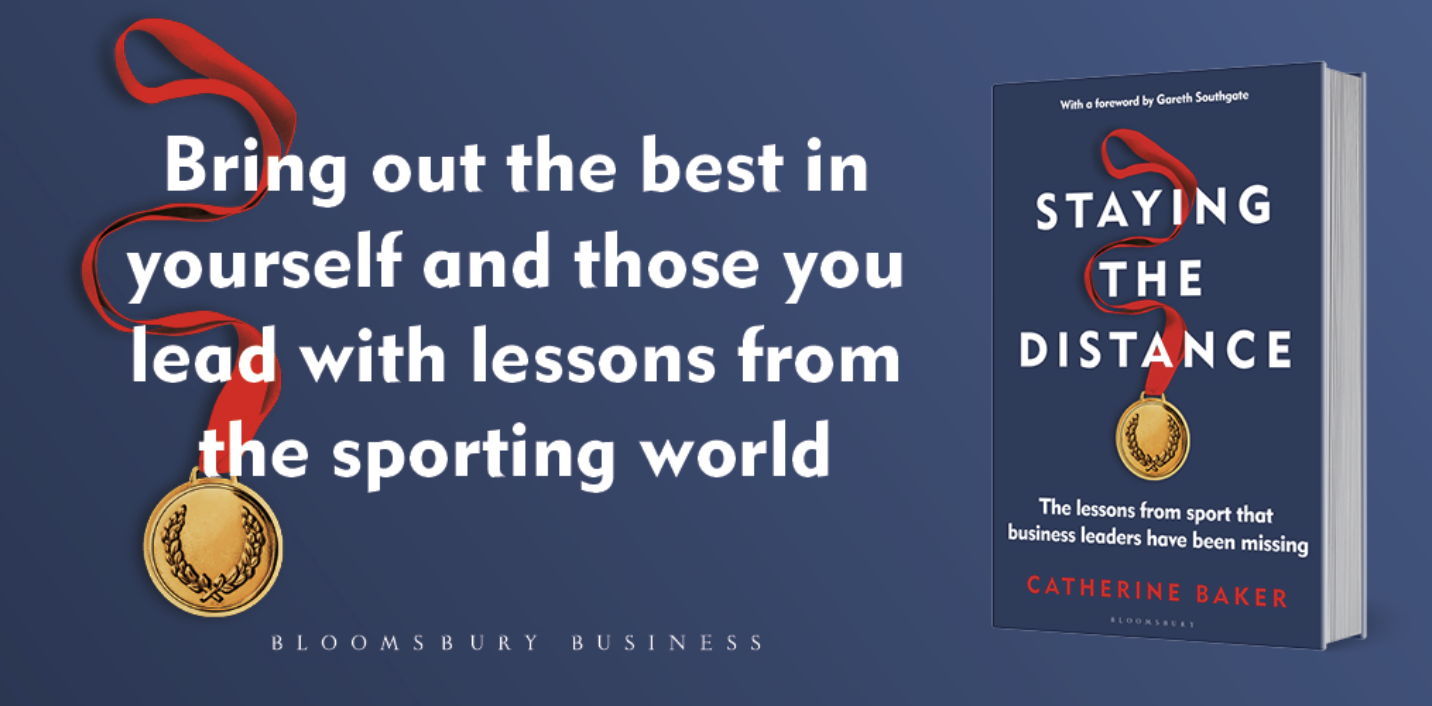


What is Foam Rolling?
To understand what foam rolling is and why it is used in modern day sport, it is first important to understand exactly what myo-fascial release is.
Myo-fascial Release is a specialised physical and manual therapy used for the effective treatment and rehabilitation of soft tissue and fascial tension and restrictions. ‘Myo’ means muscle and ‘fascia’ means band
Fascia (fascial = plural) is a band or sheet of connective tissue, primarily collagen, beneath the skin that attaches, stabilizes, encloses, and separates muscles and other internal organs. Like ligaments, aponeuroses, and tendons, fascia is made up of fibrous connective tissue containing closely packed bundles of collagen fibers oriented in a wavy pattern parallel to the direction of pull. Fascia is consequently flexible and able to resist great unidirectional tension forces until the wavy pattern of fibers has been straightened out by the pulling force.



Exercise and poor movement patterns cause fascia tears and scars which harden along the affected areas and along the tension lines running from that area. (Pinch a section of the t-shirt you are wearing and twist. You will see lines of the material tensing away from the pinch zone. This is what happens the the fascia when a scare appears, tension lines run away from the scare zone). This causes the whole fascial network to lose its flexibility and pulls nearing structures out of alignment, causing further poor movement patterns.
Unlike broken bones or torn ligaments, fascial scars do not show up on normal x-rays or MRI scans and therefore can only be ‘diagnosed’ by observing an athletes movement pattern or by a physio getting their fingers dug in and feel around the area.
Poor fascial function = poor movement patterns = poor and injured athletes



What is the difference between Myo-fascial Release and Myo-fascial Self-release?
The basic difference is the word self; Myo-fascial Self Release is undertaken by the athlete themselves and Myo-fascial Release is performed by an external person i.e physiotherapist / sports therapist.
The question is, which is more effective? The honest answer is myo-fascial release performed by a trained therapist. Therapists are taught to feel and stretch slowly into the fascial network. They feel for a glue like texture (collagen) which, when dense, thick or hard means there are fascial problems (scares, which means restricted movement). Unlike muscle massage, a fascia cannot be forced into a shape, so the therapist must provide sustained, gentle pressure for around 8 minutes to encourage the fascia to lengthen naturally.
For best results, athletes must visit a trained therapist on a regular basis, particularly if they are at the beginning of their athletic life, season or are embarking on a particularly difficult training block. Postural analysis, muscular function and movement pattern must be a part of this also and it is advantageous for the coach to work alongside the therapist to understand the athletes patterns (performance triad).
The good news is, athletes can help themselves along the way with self-release techniques. These techniques involve a number of tools allowing the athletes to smash, floss, roll, apply pressure and break up the fascial tissue. This comes in the form of foam or ball rolling. Together, the self-release techniques alongside regular assisted release and you are on to a winner!
Myo-fascial Self Release Tools
Nowadays you will rarely see a gym or a kit bag without some sort of foam roller or ball… but what is the difference, which is more affective and where should you start?
Foam Roller
This is the most commonly used mobility out there. Prices range from £5 to £100, from small to large, smooth to bumpy.
If your new to the game, or have particularly painful and tight areas, start with a smooth foam roller such as the one in the image and work your way up to a more teetered roller. In order for the foam roller to be truly affective, you really need to create a good amount of pressure on the affected area – but be warned, start slowly and work your way up the pain ladder, as they really can hurt!
Foam rollers are great for using on large muscle groups, applying pressure and relaxing muscles.



Small Ball
Various sized balls are affective for targeting specific areas or particularly painful area that need specific work. A small ball is more precise used for acute areas. Be warned, if you thought the foam roller could be painful, this method certainly can be. Most affective ways of using this tool is on bottom of foot. Examples include; lacrosse ball, golf ball, tennis ball.



Larger Balls
This provides a larger surface area, so isn’t quite as precise as a small ball, but great for getting stuck into large muscles such as hamstrings, glutes etc. A great way of using these is also to target the muscles around your trunk including the QL muscles, obliques and top of your IT band. Example includes; softball (larger baseball).



How often should you do myo-fascial release techniques?
As much as possible is the true answer! If you’re athletes have endless access to a physio, encourage them to see them everyday if possible. If your athletes have to pay for therapist treatments, encourage them to see one as often as they can afford. Not only will the therapist keep your athletes accountable, but they will be able to identify areas that need specific work, injury risk areas and provide you the coach with tailored exercises to accompany your skill work to encourage better overall performances.
With regards to self-myo-fascial release, once athletes have purchased the relatively low in cost tools, they have no excuse not to perform the techniques everyday. Make sessions part of their morning routines before the day begins, light foam rolling as part of warm-ups and deep release at the end of each day or training session.
The more you release, the more your mobility will improve and alongside the movement pattern exercises needed for your sport, the better the athletes overall health and performance.
For more information about this topic, please contact the FCN Academy Speed Coach:
speed coach@femalecoachingnetwork.com















